Is there a better place in the world to display some of the best works of some of the most famous Renaissance artists than the place that many of them lived and worked?
In this article, you’ll discover some of the most interesting facts about the Uffizi Gallery, one of the most popular museums in Italy with some of the most amazing paintings on display.
1. It’s located in the historical heart of Florence
The Uffizi Gallery is one of the most famous museums in the world as it’s located in the historical heart of the birthplace of the Renaissance, Florence, Italy, the capital city of the Tuscany Region in central Italy.
The southern part of the open courtyard of the building borders the Arno River, and one of the best-known bridges in the world, the Ponte Vecchio, is situated just to its east.
The northern part of the building borders the Piazza della Signoria, the main square of the city with the iconic Palazzo Vecchio, which emphasizes the fact that it’s situated in the central part of the city. Florence Cathedral, the main landmark in the city, is located just a few hundred meters to the north as well.

2. The name of the museum refers to the building’s original purpose
The construction of the building was commissioned by Cosimo I de’ Medici in the year 1560, but he didn’t have the intention to turn it into a museum back then.
The main purpose of the building was to serve as offices of the magistrates of the city of Florence which was under the control of the powerful Medici family back then.
That’s what the name of the building “Uffizi,” refers to because this translates to “Offices” in English.
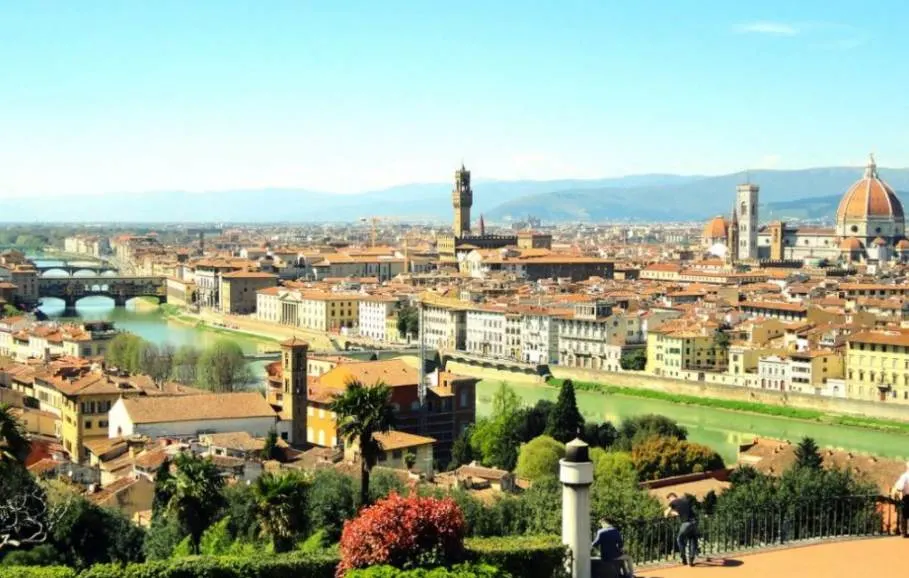
3. The first collection was housed here in the late 16th century
Famous Italian Renaissance artist Giorgio Vasari (1511-1574) was hired to design the building, and even though he didn’t manage to see the work completed in 1581, he had a big stake in its layout.

What he didn’t intend to do was something his successors, architects Alfonso Parigi and Bernardo Buontalenti, did which was to integrate a gallery on the first floor of the building.
This was originally intended to serve as the private gallery of the Medici family who were avid art collectors and who owned an ever-expanding collection of fine art.
In the late 16th century, their entire collection of Roman sculptures was stored here.
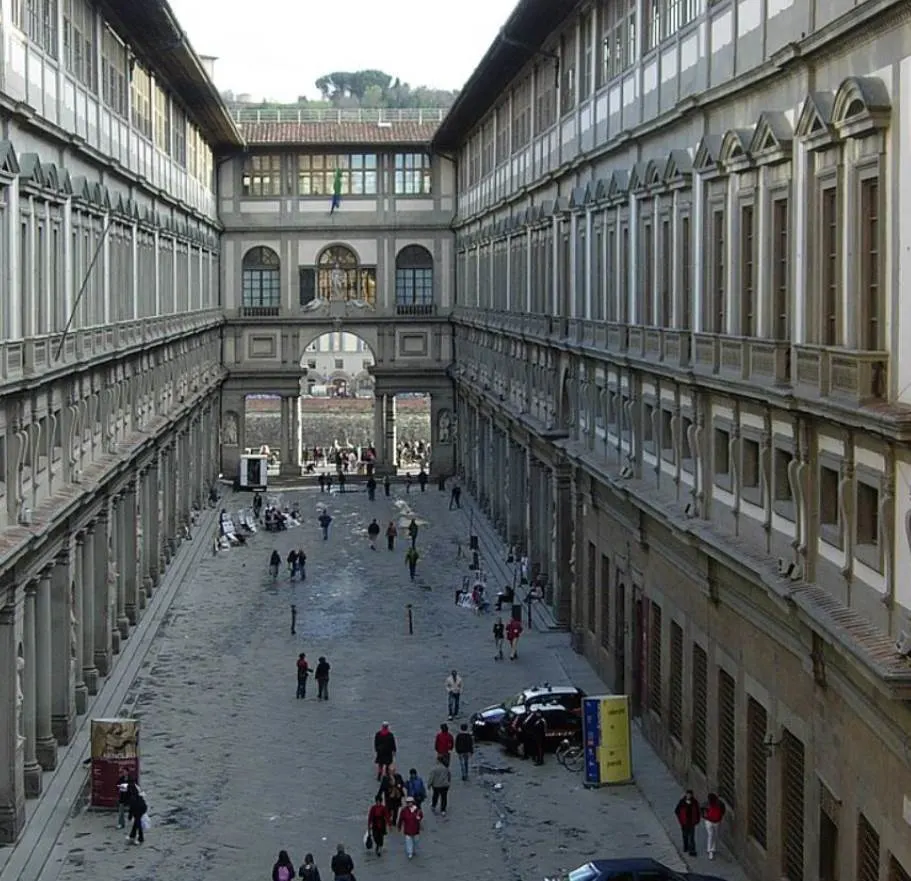
4. The cortile of the building is an attraction by itself
One of the most amazing facts about the Uffizi Gallery is that it was quite a revolutionary building upon completion. That’s mainly because of the layout of the “cortile,” or “internal courtyard.”
This cortile is lined with Doric columns and is considered to be one of the first examples of streetscaping in Europe, especially since the nearby Loggia dei Lanzi on the Piazza della Signoria never fully encircled the square.
This fascinating internal courtyard was later adorned with statues in the 19th century. These were placed in the niches of the piers that alternate with the Doric columns.

5. The main attraction was originally an octagonal room full of art
While the ground floor of the building was housing administrative offices and the state archives, the first floor, or “Piano Nobile,” was transformed into an art gallery that featured a special room.
When the Medicis invited visitors, they wanted to impress them, and what better way to do so than to display the finest works of art into one particular room, right?
That’s why Grand Duke Francesco I commissioned the “Tribuna degli Uffizi,” an octagonal room that served as the highlight of the so-called “Grand Tour” for invited visitors.
This room was painted by Johann Zoffany between 1772 and 1778, and even though the arrangement wasn’t quite as depicted, it gives us a glimpse into the exuberance of the original room.
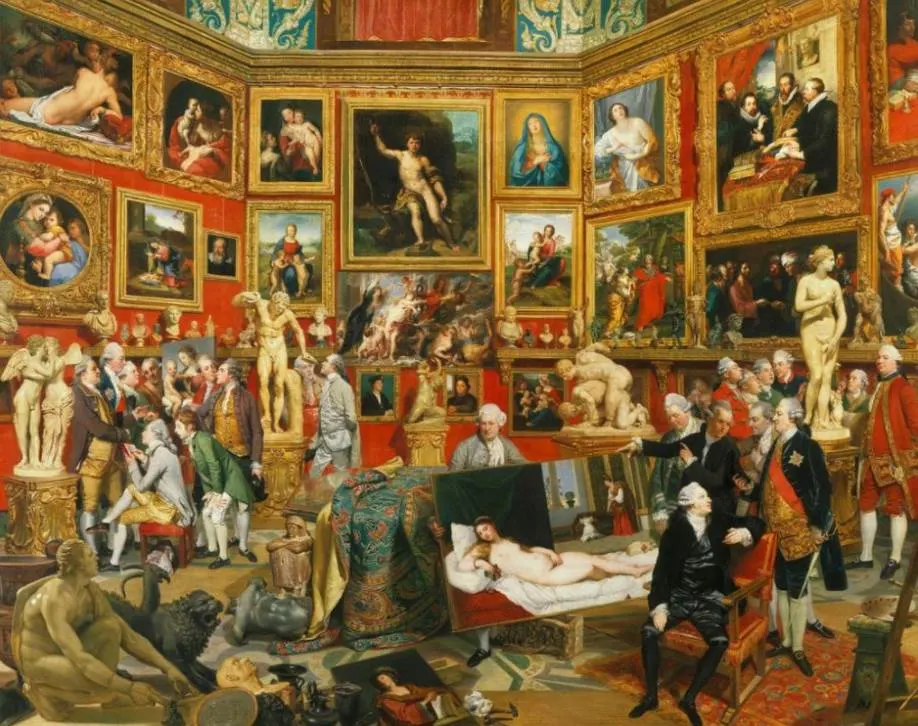
6. The art gallery first opened its doors to the public in the year 1765
Not everybody could enjoy the splendor of the works displayed at the Tribuna degli Uffizi as only guests were allowed in. This changed when the last heir of the Medici family, Anna Maria Luisa (1667-1743), died and left the collection to the city of Florence.
The city turned the building into a public museum which first opened its doors to the general public in the year 1765, nearly 200 years after Grand Duke Cosimo I commissioned the building of the structure.
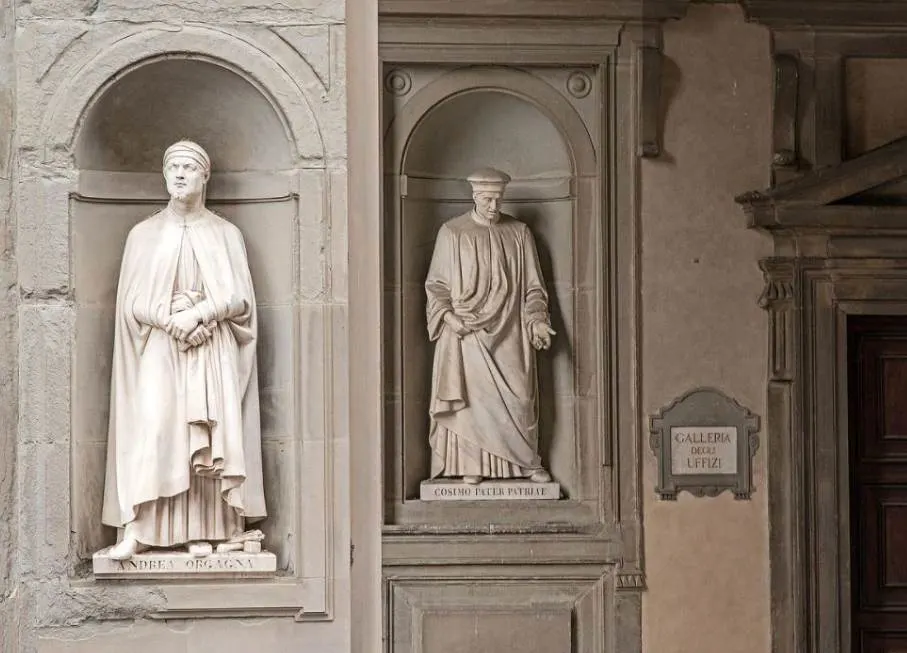
7. A renovation project started in 1989 lasted nearly 2 decades
Even though the art gallery was open to the public since 1765, it was only officially called a museum since 1865. And what a popular museum it turned out to be as the yearly visitors gradually grew the following century!
This also means that the occupied space to display art gradually grew, but not fast enough!
A renovation project was started in the year 1989 and nearly doubled the available space. The 6,000 square meters (64,000 square feet) of exhibition space was turned into almost 13,000 square meters (139,000 square feet) by 2006.
The renovation project also included renovating the hallways and rooms of the museum and was dubbed the “Nuovi Uffizi” (New Uffizi). It was finally completed in late 2016.
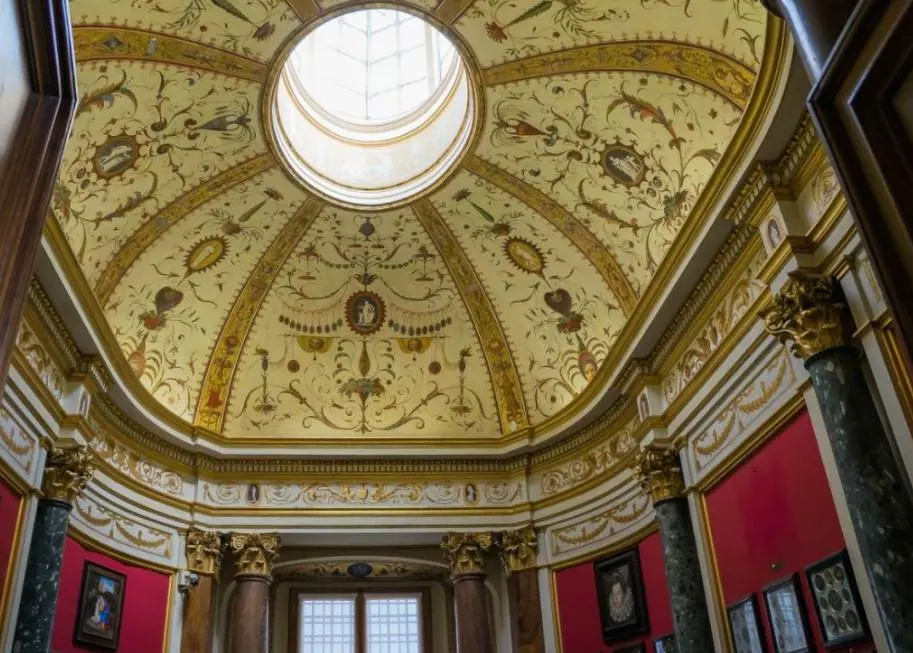
8. The museum features over 100 rooms
The Uffizi is now one of the biggest museums in Italy and has a total of 101 rooms. Most of the new rooms were spaces formerly used as the state archive.
The museum welcomes well over a million yearly visitors and even welcomed 659,000 visitors during the tragic year 2020, down by 72% from the year before due to the COVID-19 pandemic.
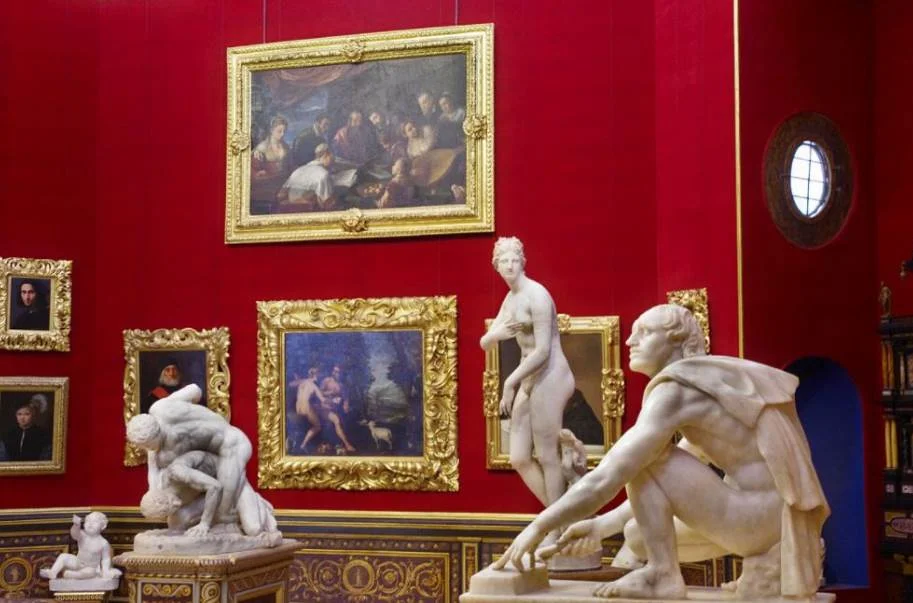
9. It’s best to book tickets online before visiting this popular attraction
The summer months (and especially July) are the most crowded months of the year, and it can take up to 5 hours of waiting in line just to get into the museum.
That’s why it’s best to order tickets in advance on the official website of the Uffizi. You will be extremely thankful for this upon viewing the huge lines at the entrance of the museum.

10. It features some of the most famous works of the Renaissance
The reason why so many people want to get into the Uffizi is that it has some of the most remarkable collections of fine art on display in the world.
It features Renaissance paintings of some of the most famous Renaissance artists in history, including but not limited to Leonardo da Vinci, Michelangelo, Raphael, Botticelli, and Titian.
Some of the highlights of the collection are:
- Leonardo da Vinci – The Annunciation, Adoration of the Magi.
- Michelangelo – The Holy Family (Doni Tondo).
- Raphael – Madonna of the Goldfinch, Portrait of Leo X.
- Sandro Botticelli – Primavera, The Birth of Venus, Adoration of the Magi of 1475.
- Titian – Flora, Venus of Urbino.
Want to admire some of the finest works of art from the Renaissance? Then this is most certainly the museum to put on your bucket list!

